Alarmtech MC 340 2x4,7k User manual
Other Alarmtech Security Sensor manuals
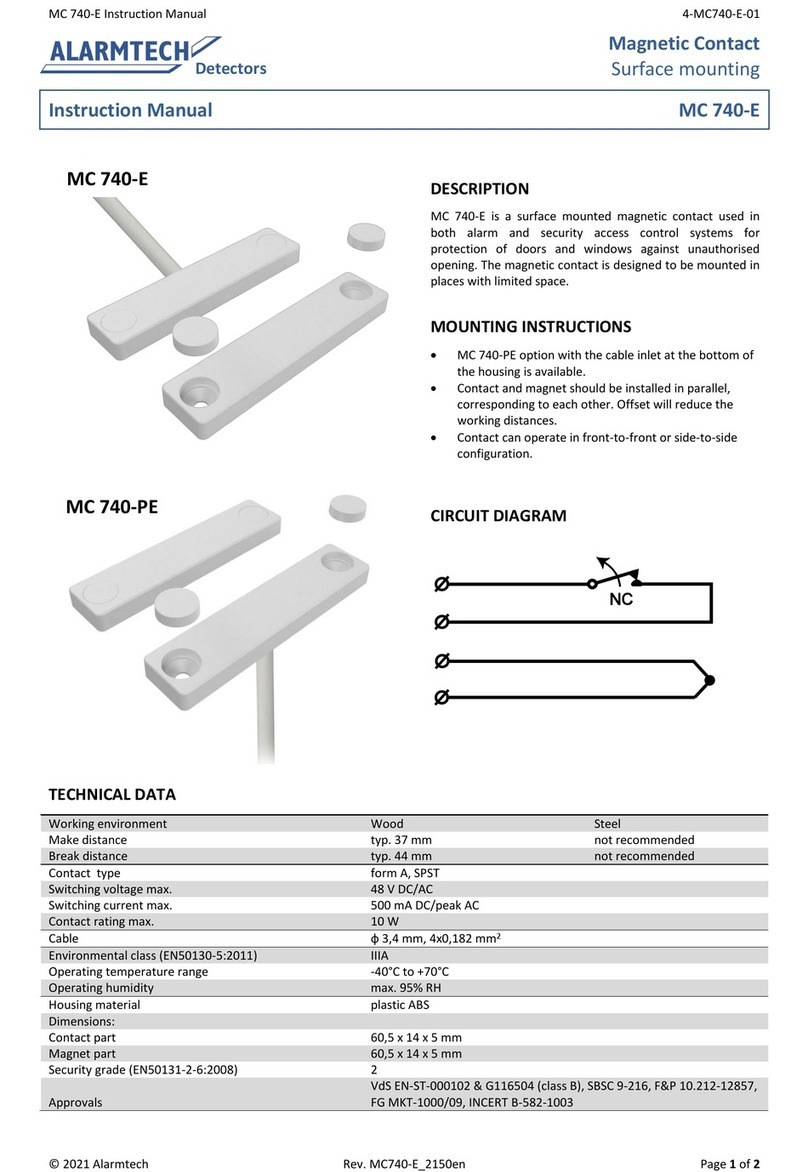
Alarmtech
Alarmtech MC 740-E User manual
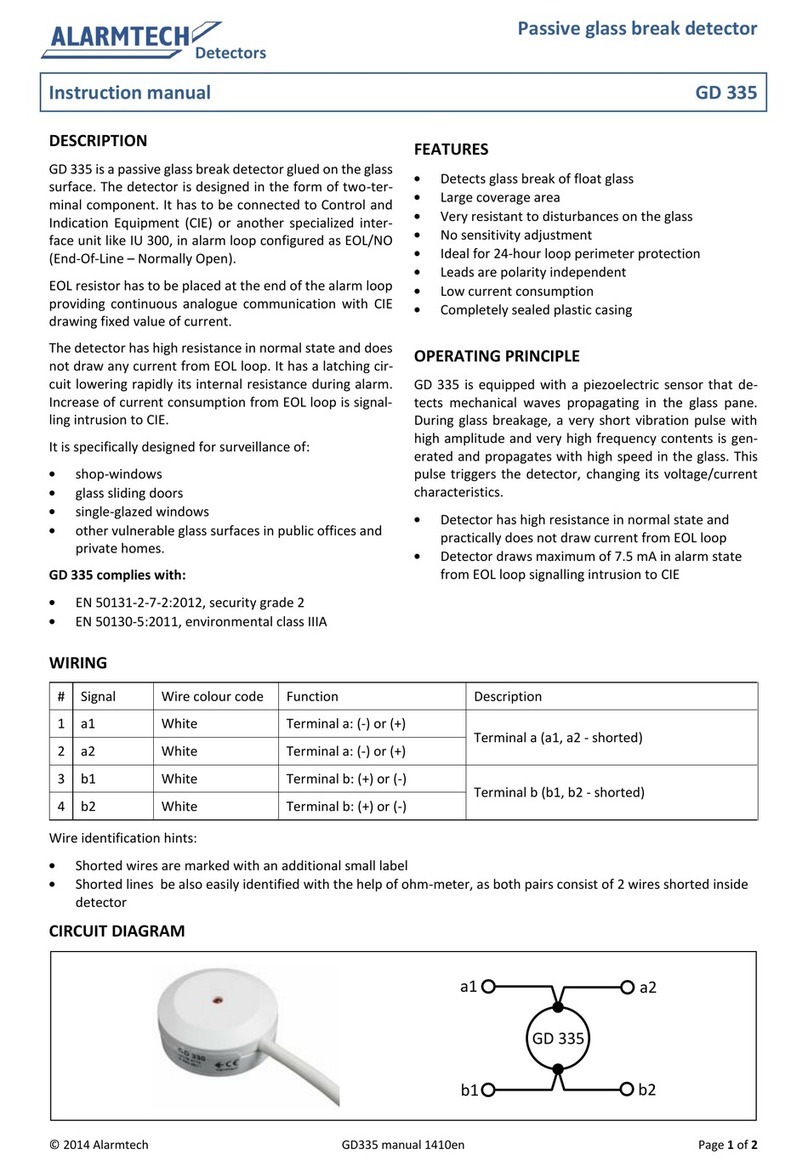
Alarmtech
Alarmtech GD 335 User manual
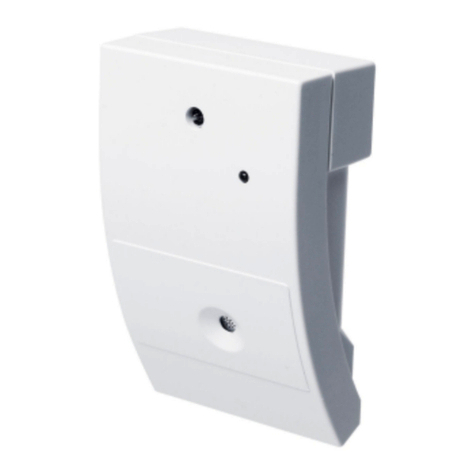
Alarmtech
Alarmtech AD 700 User manual

Alarmtech
Alarmtech MC 740-E User manual
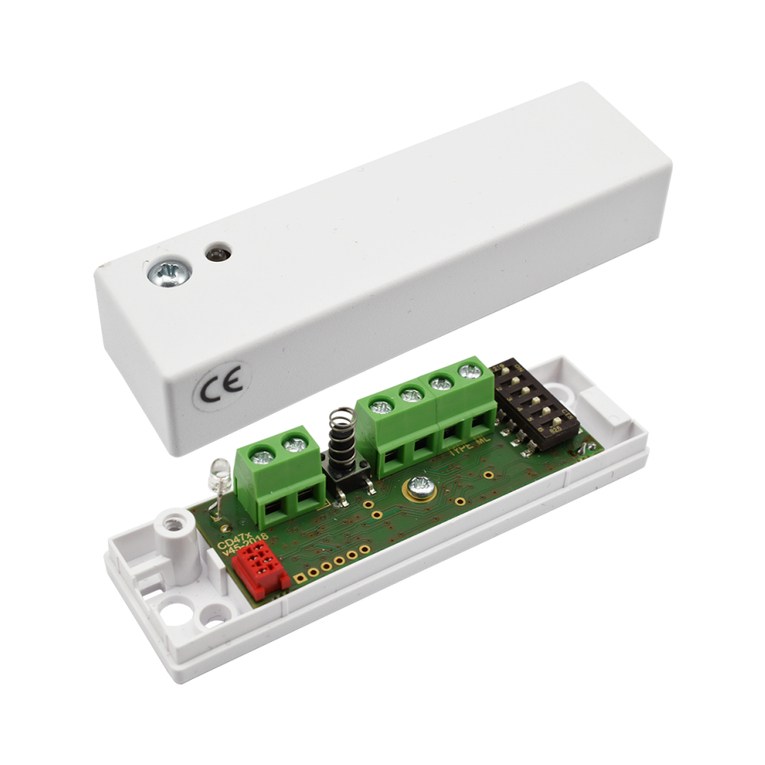
Alarmtech
Alarmtech CD 470 User manual
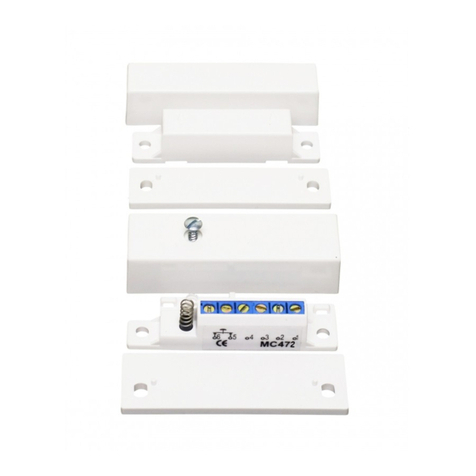
Alarmtech
Alarmtech MC 472 User manual

Alarmtech
Alarmtech CD 470 User manual

Alarmtech
Alarmtech MC 740-E-M14 User manual
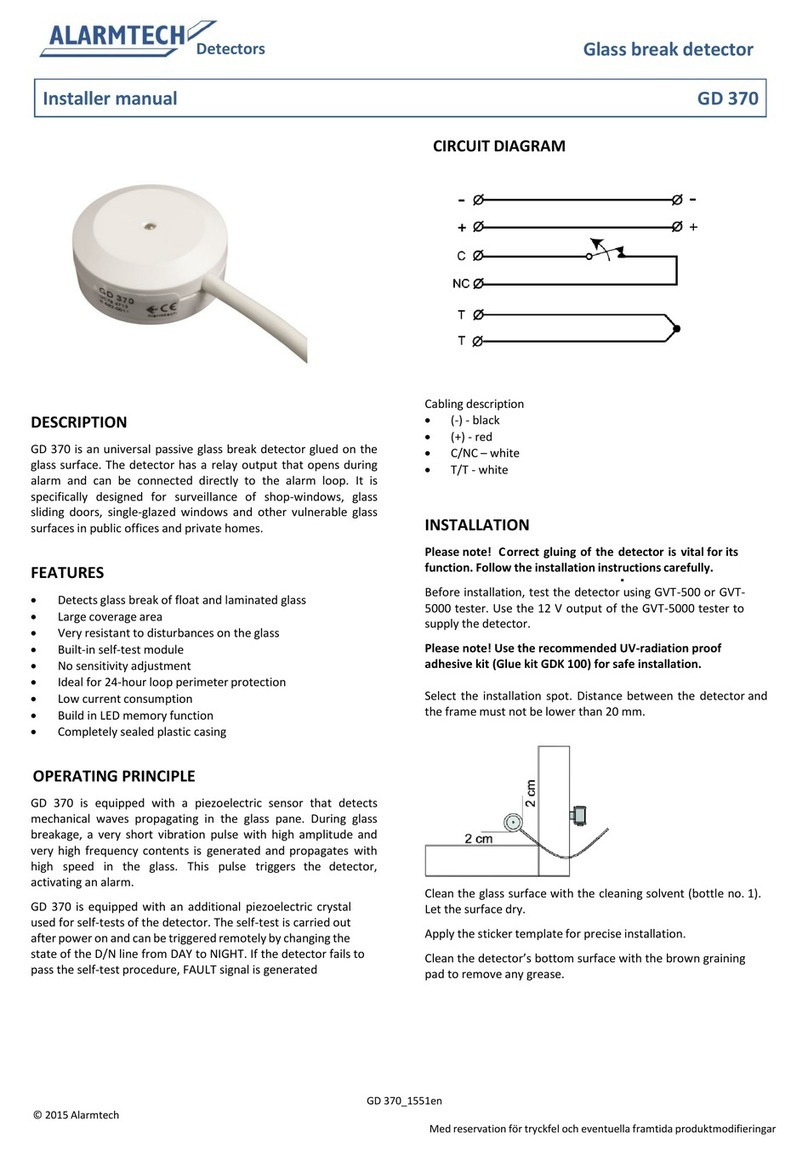
Alarmtech
Alarmtech GD 370 User guide
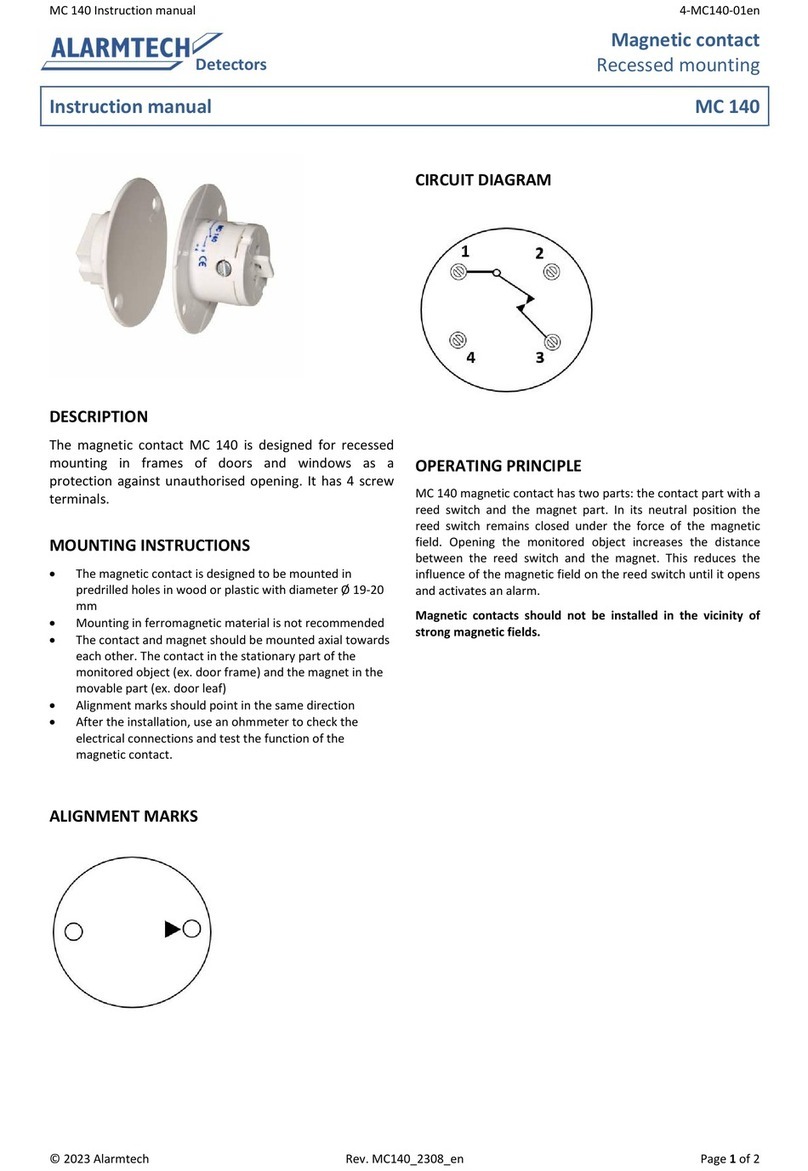
Alarmtech
Alarmtech MC 140 User manual

Alarmtech
Alarmtech AD 800 Manual

Alarmtech
Alarmtech CD 470-I User manual
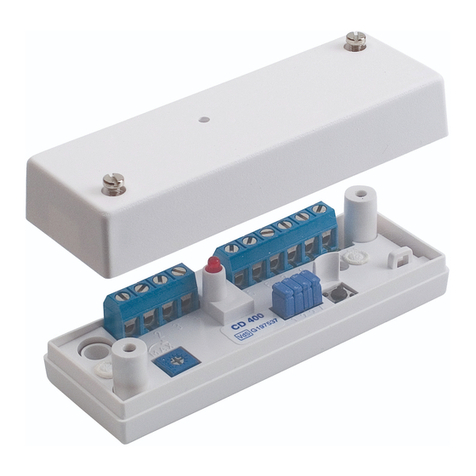
Alarmtech
Alarmtech CD 400 User manual
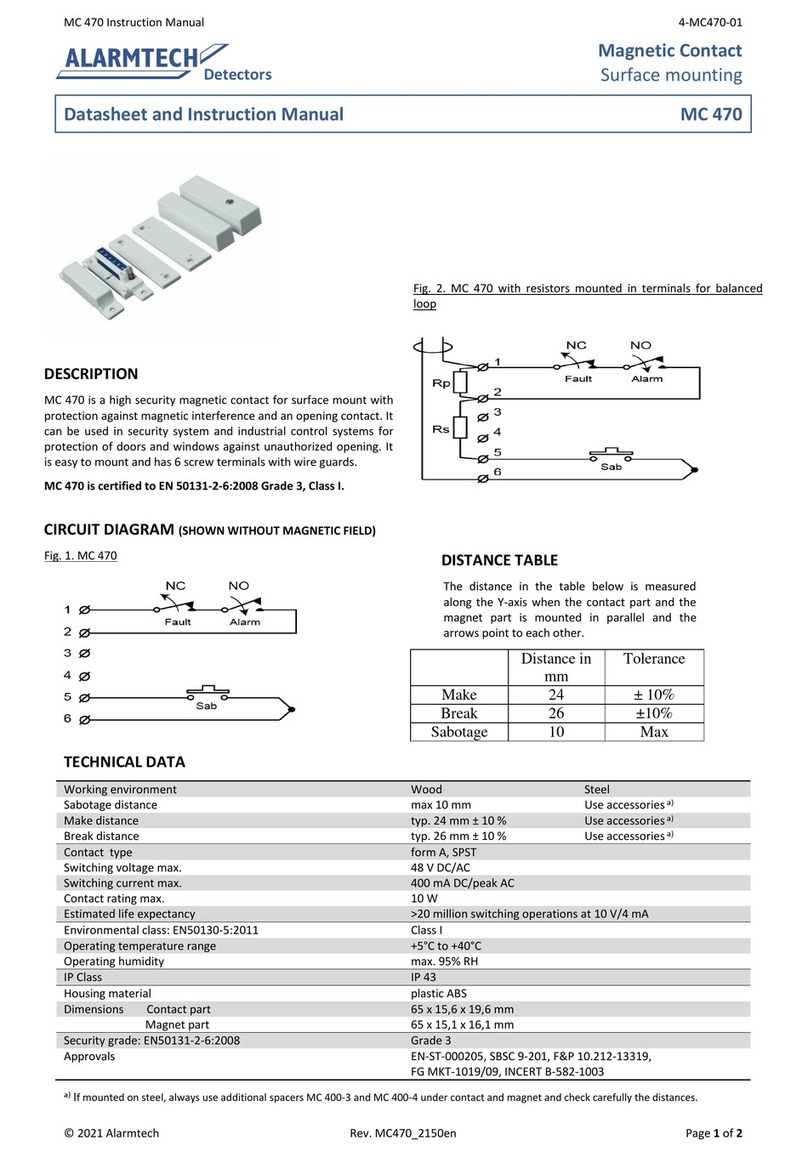
Alarmtech
Alarmtech MC 470 User manual

Alarmtech
Alarmtech MC 746-E User manual
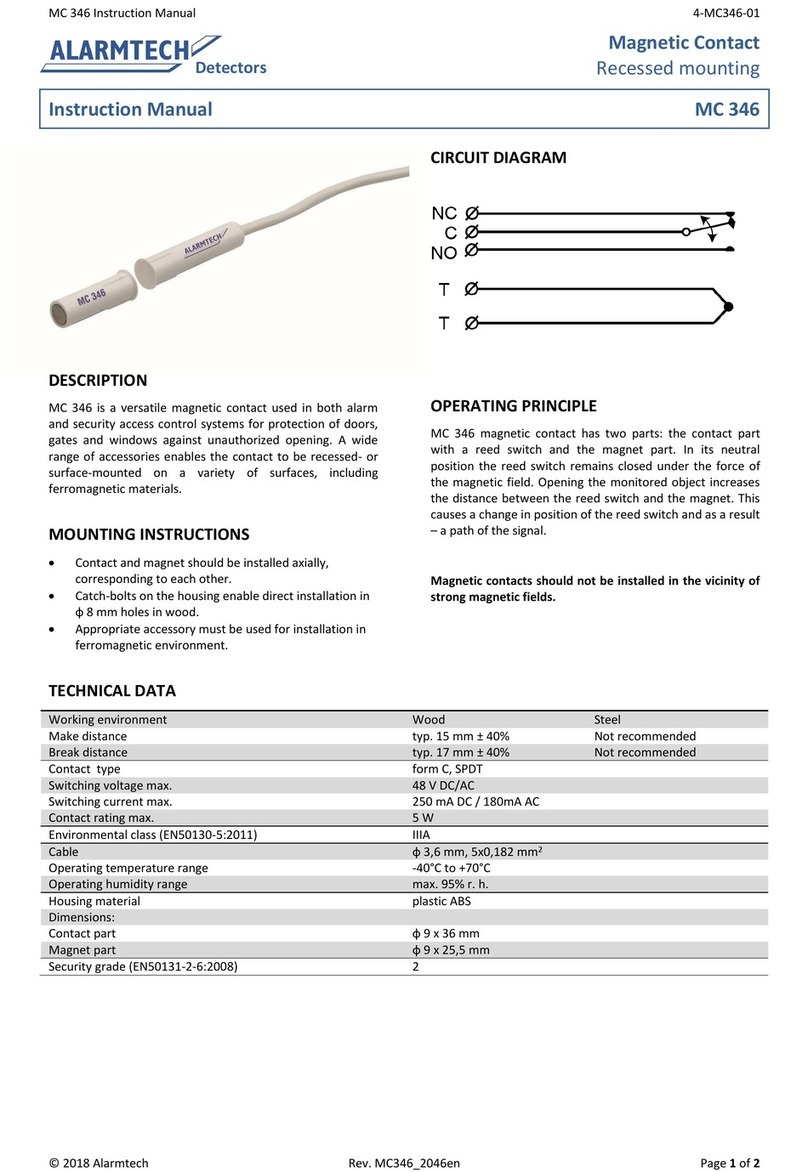
Alarmtech
Alarmtech MC 346 User manual

Alarmtech
Alarmtech GD 375 Instruction Manual
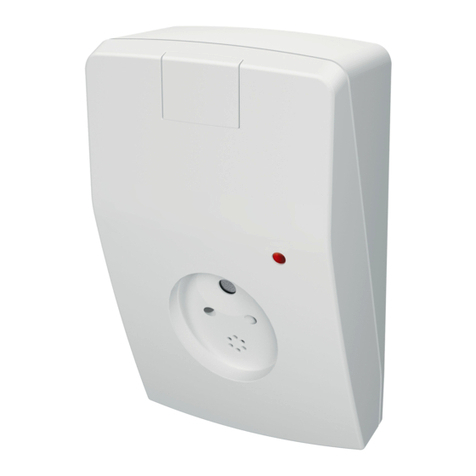
Alarmtech
Alarmtech AD 800-AM Manual
Popular Security Sensor manuals by other brands

Shinko
Shinko SE2EA-1-0-0 instruction manual

Det-Tronics
Det-Tronics X Series instructions

ACR Electronics
ACR Electronics COBHAM RCL-300A Product support manual

TOOLCRAFT
TOOLCRAFT 1712612 operating instructions

Elkron
Elkron IM600 Installation, programming and functions manual

Bosch
Bosch WEU PDO 6 Original instructions













